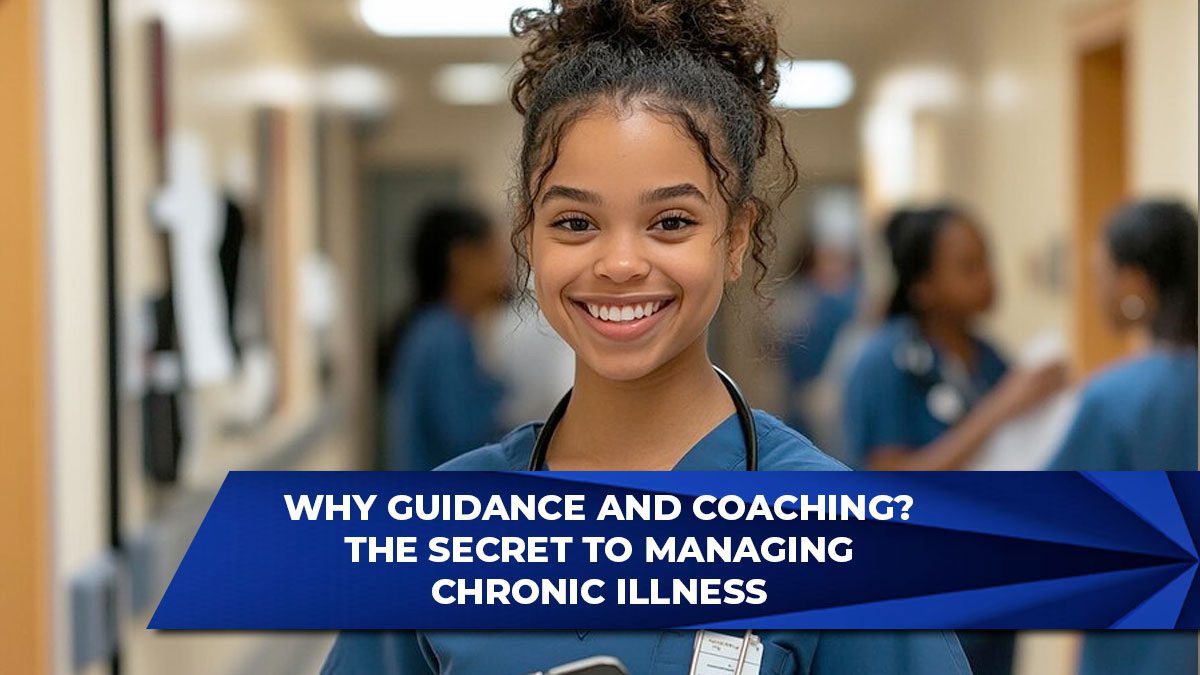Cracking the Code: Guidance and Coaching Definitions for Better Outcomes
Guidance and Coaching Definitions
The Ultimate Guide to Guidance and Coaching Definitions for Professionals
In professional settings, the terms “guidance” and “coaching” are often used interchangeably, yet they hold distinct meanings that are crucial for achieving effective outcomes. Understanding these definitions is vital for anyone looking to apply these techniques in their personal or professional lives.
Guidance vs Coaching: Discover the Core Differences You Must Know
Guidance and coaching are both centered around helping individuals achieve their goals, but they differ significantly in their approaches and underlying principles. According to the International Coaching Federation (ICF, 2020), coaching is defined as “partnering with clients in a thought-provoking and creative process that inspires them to maximize their personal and professional potential.” This definition extends to health potential for Advanced Practice Registered Nurses (APRNs), highlighting the broad scope of coaching.
On the other hand, guidance often involves offering advice and direction based on expertise. In a healthcare context, guidance typically sees the APRN as the expert, whereas coaching is more collaborative, with the patient taking a leading role in their journey.
Unlock Success: Mastering Guidance and Coaching Definitions Today
Understanding the nuances of these definitions allows professionals to choose the right approach for their clients or patients. Coaching emphasizes a partnership where power is shared, and the patient is seen as the expert in their own life. This approach builds on the patient’s strengths, fostering self-discovery and growth.
Conversely, guidance involves the APRN leading the process, providing expert advice, and helping to solve problems. This traditional approach is more directive, where the professional’s knowledge and experience are at the forefront.
Transform Your Practice with These Essential Guidance and Coaching Definitions
For APRNs, integrating both guidance and coaching into their practice can lead to more comprehensive patient care. While coaching encourages patients to set their own goals and find their own answers, guidance ensures that they are well-informed and supported in making decisions that affect their health.
A key distinction is that coaching seeks understanding, explores possibilities, and values curiosity. It involves asking powerful questions, listening deeply, and helping the patient to uncover their own solutions. Guidance, on the other hand, involves anticipating needs, teaching, and providing specific advice based on the APRN’s expertise.
Redefine Your Approach: Understanding Guidance and Coaching Definitions
To effectively implement coaching in a healthcare setting, it is crucial to cultivate a mindset that is open, curious, and patient-centered. The ICF (2020) identifies four main domains of a coach’s responsibility:
- Engaging in foundational work based on ethical principles and a flexible, client-centered coaching mindset.
- Cocreating a relationship that includes establishing agreements about goals, plans, and client accountability, all while building trust and maintaining presence.
- Communicating effectively, which involves deep listening and evoking client awareness.
- Cultivating learning and growth, where the coach helps the patient to learn from experiences and develop further.
Cracking the Code: Guidance and Coaching Definitions for Better Outcomes
By combining both coaching and guidance, APRNs can tailor their approach to the needs of each patient. For instance, a patient struggling with a chronic illness may benefit from the structure and expertise provided through guidance, while also being empowered through coaching to make lifestyle changes that align with their personal values and goals.
Why Guidance and Coaching Definitions Matter More Than Ever in Today’s World
In today’s rapidly changing healthcare environment, the ability to differentiate between guidance and coaching—and to know when to apply each—is more important than ever. With chronic diseases on the rise, and patients becoming more informed and involved in their own care, the role of the APRN is evolving to include both guiding and coaching.
A meta-analysis on coaching by Sonesh et al. (2015) found that coaching is an effective way to change patient behaviors, improve leadership skills, enhance job performance, and develop skills. It also improves personal and work attitudes, including self-efficacy, organizational commitment, and stress reduction.
The Key Differences in Guidance and Coaching Definitions: An In-Depth Look
A comparison between guidance and coaching reveals fundamental differences in how each approach is applied:
- Guidance involves a higher authority gradient, with the APRN leading the process. It is focused on providing advice, solving problems, and leveraging the APRN’s expertise.
- Coaching is more egalitarian, with power shared between the APRN and the patient. It emphasizes the patient’s ability to find their own solutions, with the APRN acting as a facilitator rather than an expert.
Table 7.1 below illustrates these differences:
| Element | Guidance | Coaching |
|---|---|---|
| Power Gradient | Higher, APRN leads | Shared, patient leads |
| Expertise | APRN is the expert | Patient is the expert |
| Approach | Provides advice, fixes problems | Seeks understanding, builds strengths |
| Core Value | Expertise is valued | Curiosity is valued |
| Method | Telling, teaching, anticipating | Asking, inquiring, exploring |
Guidance and Coaching Explained: The Critical Definitions That Can Change Lives
The practical application of these definitions in nursing can be seen in the role of nurse coaching. As defined by Dossey et al. (2015), professional nurse coaching is “a skilled, purposeful, results-oriented, and structured relationship-centered interaction with clients provided by a registered nurse for the purpose of promoting achievement of client goals.” This role integrates the skills of both nursing and coaching to help patients achieve their maximum health potential.
Transformative Power of Coaching: Real-World Applications in Nursing
One exemplary application of coaching in nursing is the practice of midwifery, where coaching is integrated throughout a woman’s pregnancy and delivery. Dr. Dawn Lovelace, DNP, RN, CNM, FNP, emphasizes that coaching is integral to her role as a midwife and family nurse practitioner. She works closely with her patients, helping them to prepare for childbirth and to navigate the challenges of parenting.
FAQs on Guidance and Coaching Definitions
What is the main difference between guidance and coaching? Guidance typically involves providing advice and direction based on the professional’s expertise, whereas coaching is a more collaborative process where the patient is encouraged to find their own solutions.
Can guidance and coaching be used together? Yes, combining guidance and coaching can lead to more effective outcomes, especially in healthcare settings where both expert advice and patient empowerment are important.
Why is coaching considered more patient-centered than guidance? Coaching is patient-centered because it involves deep listening, asking questions, and helping the patient to discover their own answers, rather than providing solutions directly.
What are the benefits of coaching in healthcare? Coaching can improve patient behaviors, enhance leadership skills, reduce stress, and foster personal growth, leading to better overall health outcomes.
Is nurse coaching different from general coaching? Nurse coaching is specifically aimed at promoting health potential and is conducted by registered nurses. It integrates nursing skills with coaching techniques to help patients achieve their health goals.
By understanding and effectively applying the definitions of guidance and coaching, professionals can enhance their practice, leading to better outcomes for their clients or patients.










